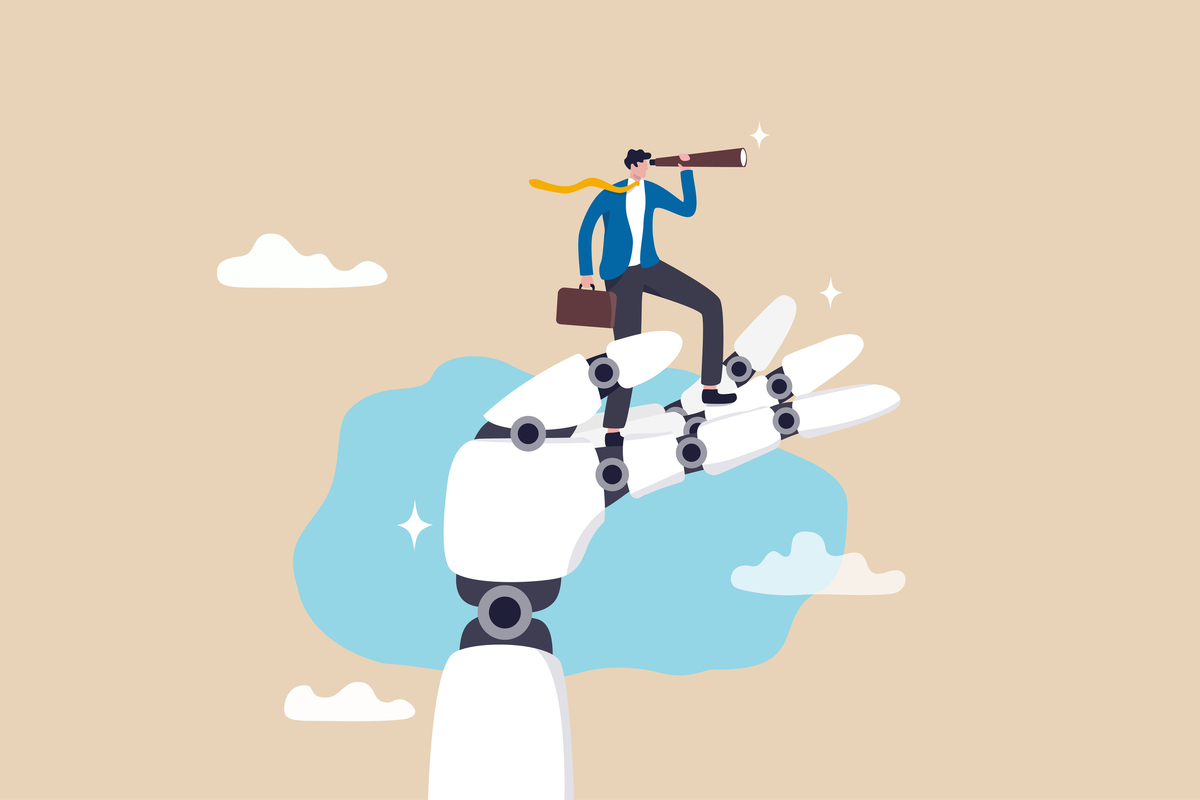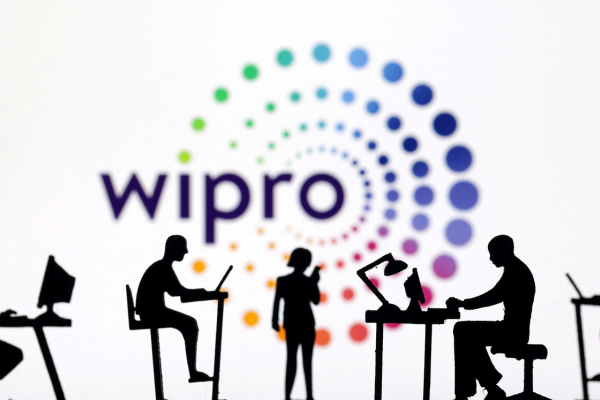Why we should embrace, not fear, AI
Why employees should embrace AI as a collaborative tool that can help them achieve more.

Rather than only focusing on how AI and generative AI (gen AI) can transform business operations, we should consider how these technologies can drive job growth and improve the experience for everyone.
AI is increasingly prevalent in our lives. From automated summaries in search engines to gen AI applications in our homes, it’s everywhere. In the professional realm, businesses are rapidly harnessing AI to develop new products and services for their customers. But what about the employees who will integrate AI into their daily tasks?
While the average employee may occasionally use gen AI for tasks such as searching for information, most gen AI work is performed by software engineers and other technology professionals. This landscape is set to change. AI and gen AI will significantly influence job growth across various sectors in the future, and proficiency in AI will be crucial for securing desirable job positions. As the saying goes, “AI isn’t going to take your job, but someone who is using AI effectively will.”
AI: reskilling and upskilling
According to a McKinsey report on technology trends, there will be an estimated $36 billion investment in gen AI in 2023, with a 111 per cent increase in gen AI job postings from 2022 to 2023. The demand for data scientists, software engineers and data engineers remains high, reflecting businesses’ focus on expanding their internal capabilities.
In the longer term, gen AI and AI will broaden their impact across the job market. An EY study on the gen AI labour market forecasts that “the gen AI labour transformation will be universal, affecting nearly all functions over the coming decade,” though the degree of impact will vary across sectors and regions.
Challenges of AI implementation
However, global adoption of gen AI faces challenges. Generative AI relies on vast amounts of data to create large language models (LLMs) that help businesses better understand customer desires. Yet, there is a shortage of available local languages for these models. Countries such as India, Japan and those in the Middle East are actively working on developing localised LLMs, with some progress shown in emerging multilingual models that allow for better localization.
A common concern surrounding AI, especially gen AI, is the fear of job displacement. While some low-skilled positions are already transitioning to automation, the future lies in what EY calls “augmentation” – enabling humans to harness AI’s data intelligence to enhance their work. This approach can be described as using AI to amplify human intelligence at scale.
Integrating AI into the employee experience
Gen AI will also create new job types as companies use it to develop innovative products, address challenges and improve customer service. For instance, gen AI insights are currently being leveraged in drug research and to help bank customers make more informed credit choices.
While gen AI is starting to demonstrate its value in providing data intelligence and insights into customer needs, two key challenges remain: offering support and education for employees to thrive in AI roles; and effectively showcasing the value of investing in gen AI and AI to foster employee adoption and enthusiasm.
Professionals in technology fields – such as software engineers, developers and data scientists – are well-positioned to apply gen AI insights to programming new applications and products. However, it will also be essential for roles in HR, customer service, product management and other functions to become adept in gen AI as the landscape evolves. The World Economic Forum estimates that business executives believe 40 per cent of their workforce will need reskilling within the next three years due to AI implementation.
Using AI to build new skills
Businesses are starting to recognize the importance of structured programs to help employees build AI skills. For example, Deloitte has launched an “AI fluency” initiative that provides employees with learning tools on how to use gen AI prompts and advanced techniques such as natural language processing. Similarly, Adobe has established a cross-functional group to assist employees in implementing gen AI in their tasks and to facilitate knowledge exchange across teams.
Education, or “upskilling”, in gen AI tools is a crucial first step in expanding AI’s capabilities throughout organisations. As more employees become comfortable with gen AI and can observe tangible results from its use, they will gain greater confidence in its value.
On the flipside, businesses need to decide how to allocate personnel and financial resources to gen AI and AI initiatives that have a clearly defined value proposition. For instance, if you’re an executive leading a customer service team, it’s prudent to start with a specific business challenge, such as improving customer inquiry responses, and conduct initial trials to assess the technology’s effectiveness.
by Sanjib Sahoo, Executive Vice President and President, Global Platform Group, Ingram Micro
Fore more information, please visit www.ingrammicro.com

Business Reporter Team
You may also like
Related Articles
Most Viewed
Winston House, 3rd Floor, Units 306-309, 2-4 Dollis Park, London, N3 1HF
23-29 Hendon Lane, London, N3 1RT
020 8349 4363
© 2024, Lyonsdown Limited. Business Reporter® is a registered trademark of Lyonsdown Ltd. VAT registration number: 830519543





